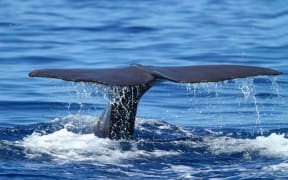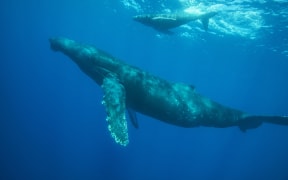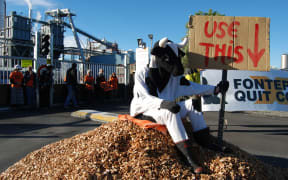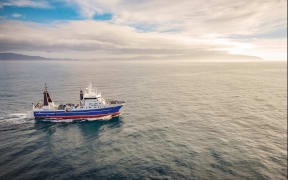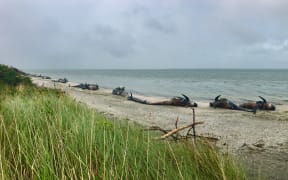Drone footage of blue whales feeding off New Zealand's coast has helped explain how the world's largest-ever creature chooses when to eat.
The video shot by Oregon State University researchers shows a rare blue whale turning on its side then lunging to feed on a large grouping of krill, the tiny sea animals that are blue whales' only food.
This was compared to another clip showing a whale approaching a smaller group of krill and instead simply continuing to swim.
The university's Marine Mammal Institute principal investigator Leigh Torres said footage of blue whales feeding was rare.
She explained that the lunge required the whales to slow down dramatically, and the effort of lunging then speeding up again could be more than the energy offered by a smaller group of krill.
Analysis of the lunge footage revealed the whale approached the krill at about 10.7km/h, then opening its mouth and lunging meant it slowed to about 1.7km/h.
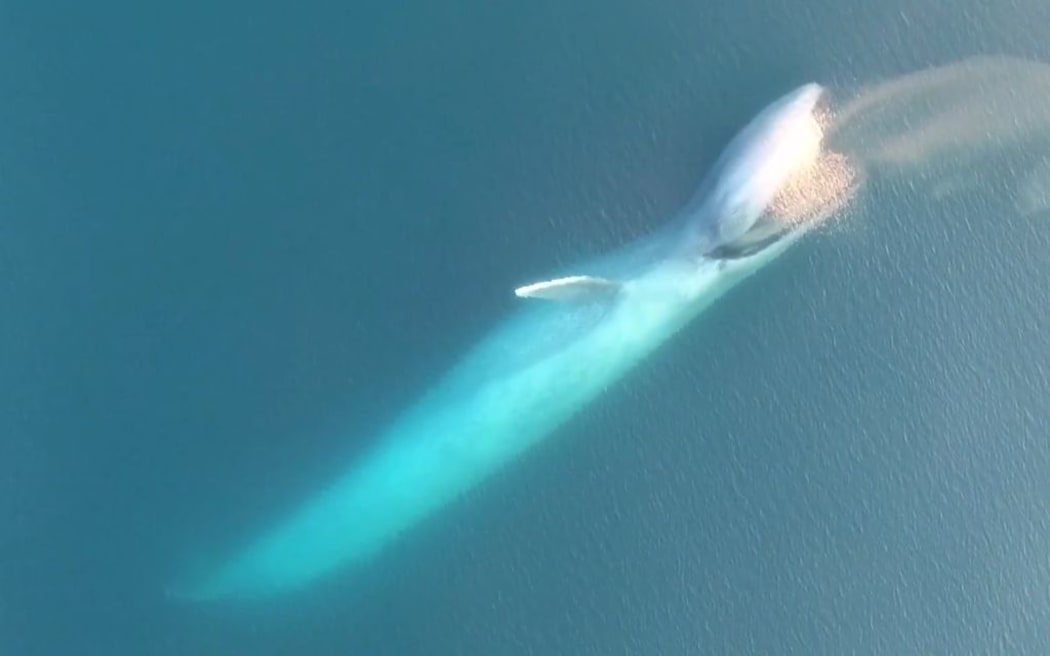
Rare footage of blue whales feeding near Taranaki's south bight. Photo: YouTube / Oregon State University
That effort, plus the energy required for an animal the size of three school buses to get back to cruising speed, meant the whales were required to make choices about which krill groups were more worthwhile to feed on.
She said the new footage showed that theory in action, appearing to show that the whale "the whale determined that amount of krill to be gained, and the effort it would take to consume the meal wasn't worth the effort of slowing down".
The Department of Conservation said blue whale populations were severely affected by commercial whaling in the 20th century, dropping Antarctic blue whale numbers from about 200,000 to less than 2000.
